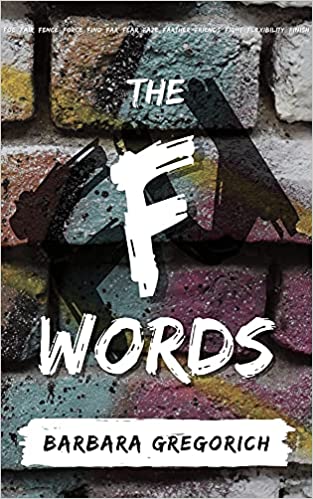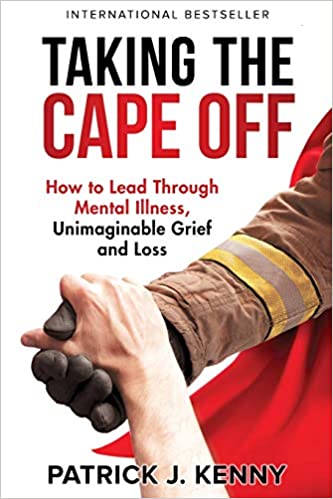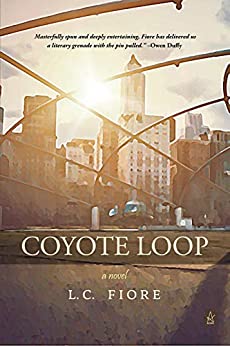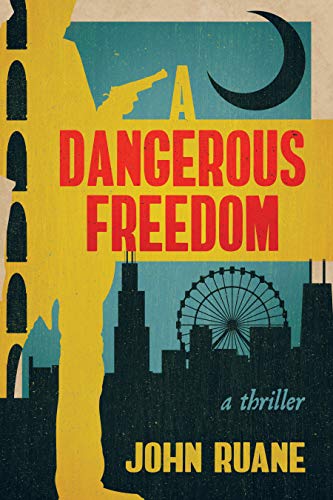Book Review: David Massie and the Quantum Flux
 Friday, July 9, 2021 at 3:47PM
Friday, July 9, 2021 at 3:47PM 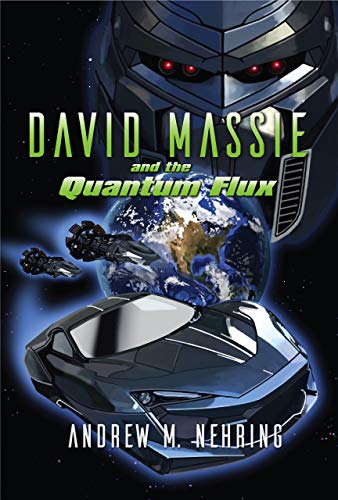
David Massie and the Quantum Flux. Andrew M. Nehring, IngramSpark, 2021, Trade Paperback and E-book, 134 pages.
Reviewed by Kelly Fumiko Weiss.
Andrew M. Nehring’s middle-grade science fiction novel, David Massie and the Quantum Flux is the first in a series of David Massie books. In the Quantum Flux novel, the protagonist, David, is haunted by the mysterious disappearance of his genius brother, Morgan. The pressure is on when the reader finds out that David is the only one who knows that Morgan left to pursue something otherworldly. In the five years since his departure, David has done his best to learn as much as he can about the technology that Morgan left behind while also trying to live up to his brother’s legacy.
Unbeknownst to David, a seemingly evil and dark figure has a plan for him. One day, as David and his friend Rory walk home, a dark figure casts them in a purple light that will forever change their lives. David and Rory are thrown into an adventure that involves aliens, reality portals, technology beyond imagination, and a whole new world of people, like Time Cops, all of which David never knew existed. As the story progresses, David and a Time Cop called “C.P.” decide their mission is to restore David’s life back to normal. However, it quickly becomes clear to them that they may not be the ones making decisions.
Nehring does a wonderful job of world-building and detailing his vision for the locations, creatures, and situations in this novel in ways that readers of all ages can enjoy. The chapters are well-paced and keep you wanting to turn the pages. The book’s vivid imagery will keep your imagination engaged. My only regret about reading this book is the cliffhanger at the end! Nehring does a great job of ensuring that you will pick up the next book in the series, as you absolutely will want to know what happens next.
Lovers of science fiction will appreciate Nehring’s storytelling in David Massie and the Quantum Flux. Young readers who are new to the genre will get pulled in by the relatable characters, the fun storylines, the dazzle of the tech, and the imaginative secret worlds Nehring creates. This book deserves the highest praise. I even plan to pass this book along to my daughter because I know she will thoroughly enjoy it too.

